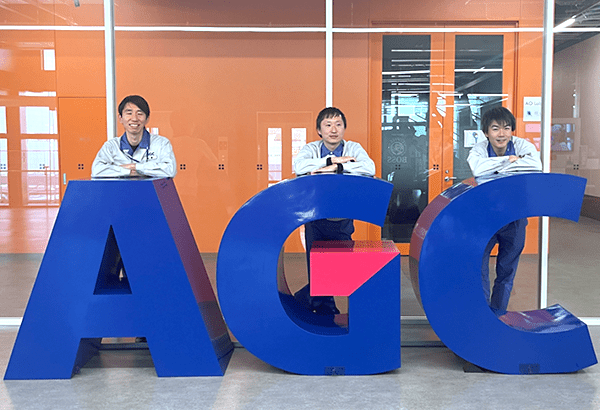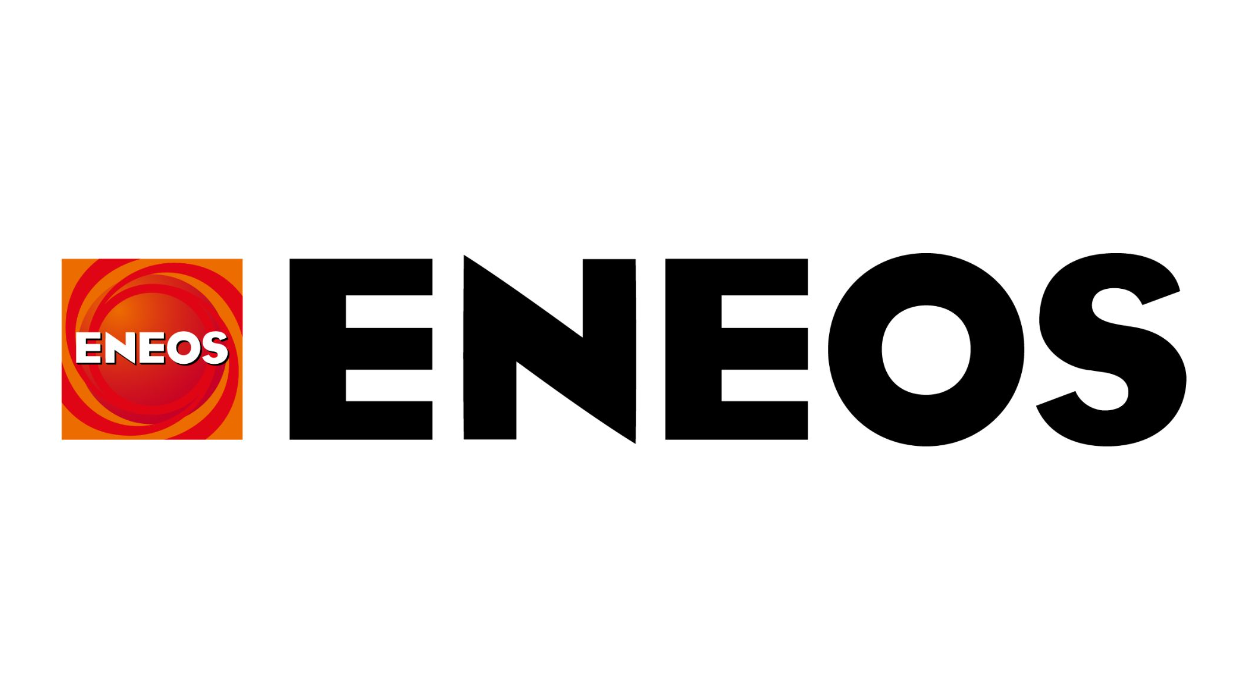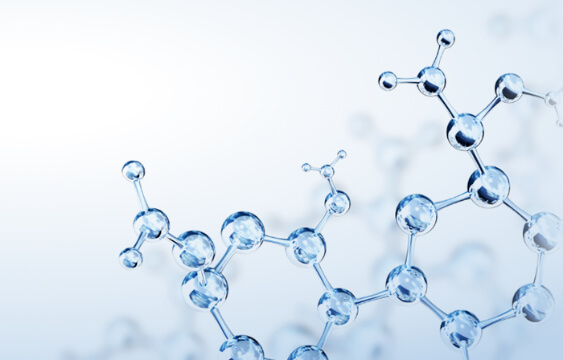Matlantis™ supports
companies exploring
innovative materials
for a sustainable
future.
Out of 1060 functional molecules that are theoretically possible, mankind has discovered only a handful of useful materials.
Powered by an AI technique known as deep learning, Matlantis sheds light on promising candidates in
the vast ocean of unknown molecules with its high-speed, versatile atomistic simulation.
News List
Go to list2025.06.23
Others2025.06.19
Research Articles and Use Cases2025.06.13
Event2025.06.09
News Release2025.06.05
Others2025.05.28
Research Articles and Use CasesMatlantis: 3 Key Features
Powered by deep learning, Matlantis is an atomistic simulator that
supports atomic-scale investigation of material properties and computer-aided development of new materials.
Versatility
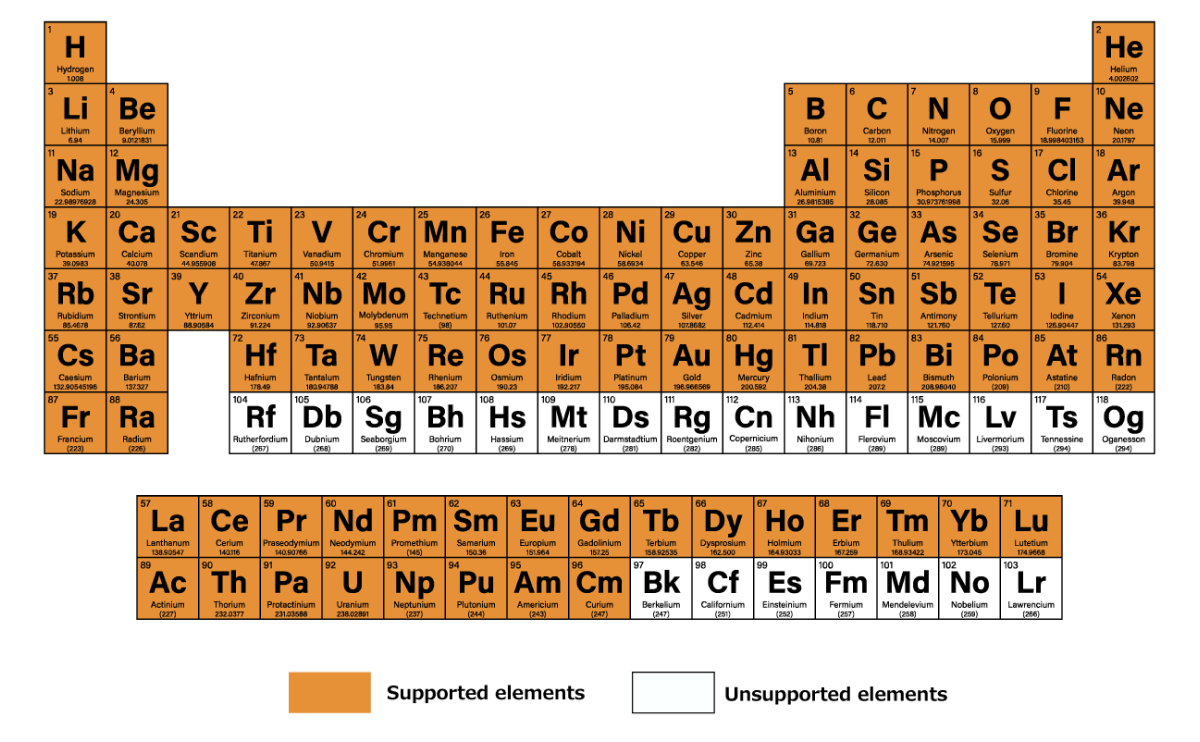
Matlantis now supports 96 elements from the periodic table, covering all elements occurring in nature. This means users will encounter almost no restrictions regarding the types of elements they can work with. It can simulate the properties of any combination of atoms, including molecules and crystal systems, as well as unknown materials.
Speed
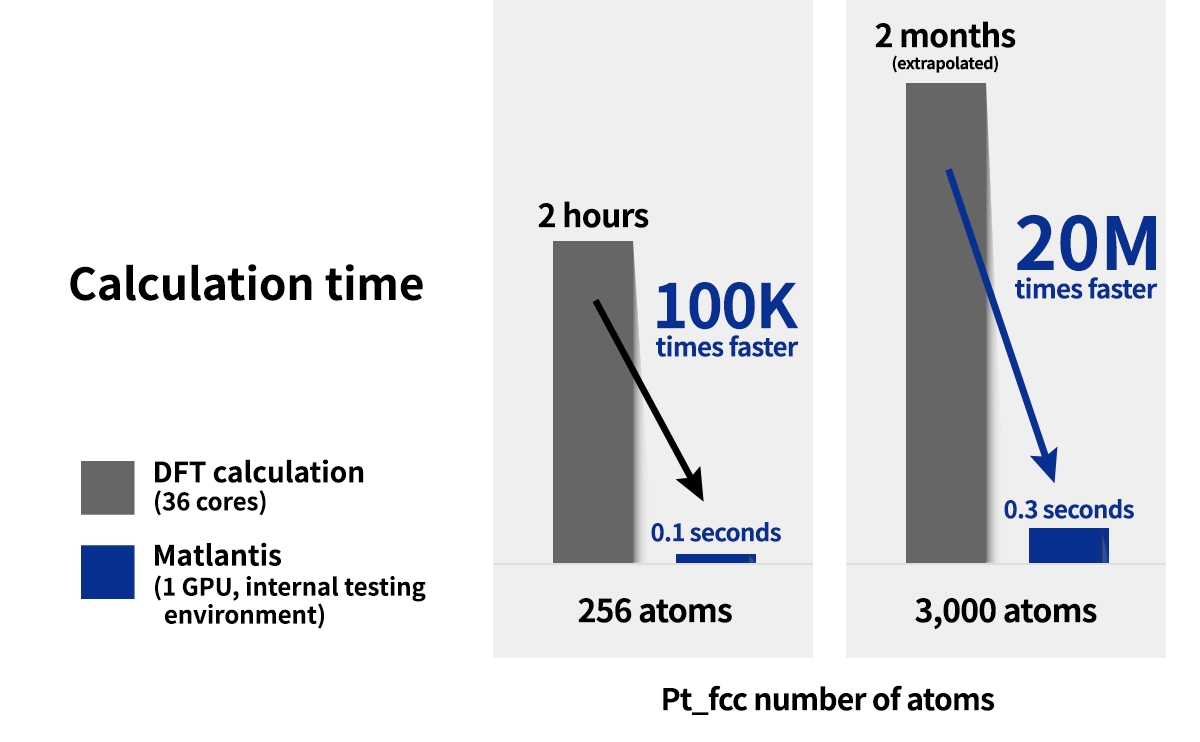
The atomistic simulation tasks that take hours to months using density functional theory (DFT) on a high-performance computer can be finished in only a few seconds using Matlantis.
User-Friendliness
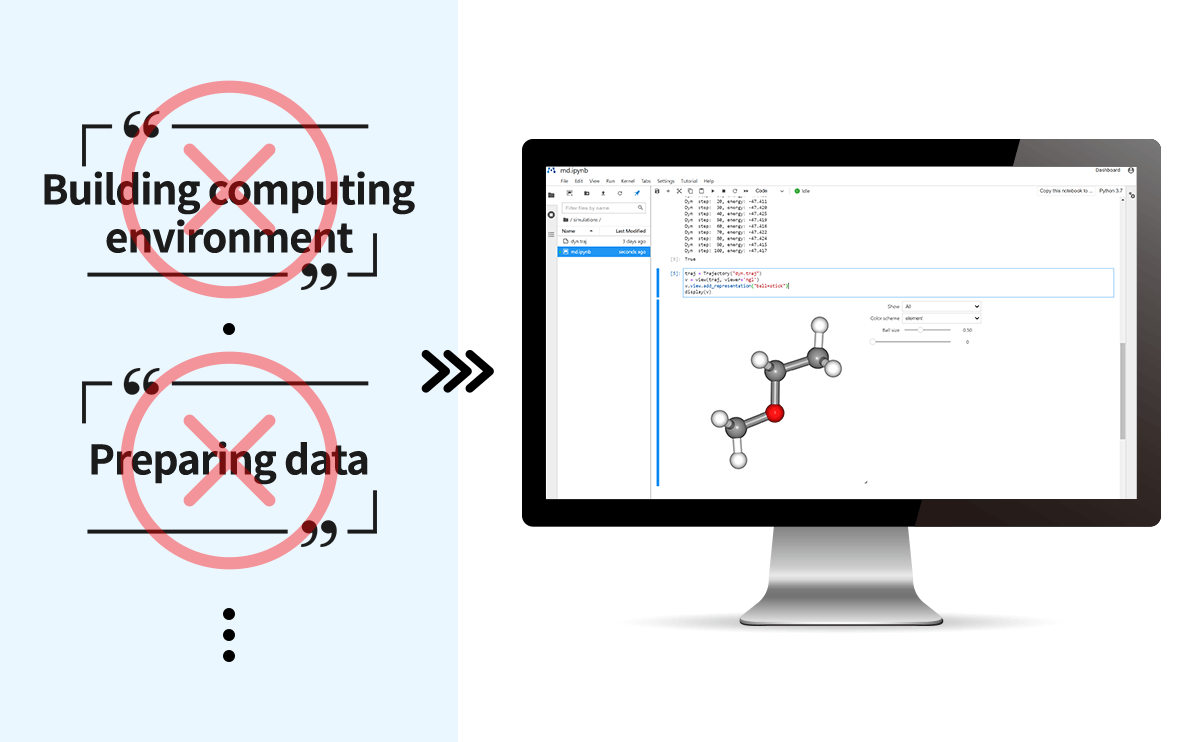
Thanks to the pre-trained deep learning model, physical property calculation library, and high-performance computing environment, no hardware or software installations are required for performing simulations. Unlike conventional machine learning potentials, Matlantis requires no data collection or training by users.
Recommended Situations
“Density functional theory (DFT) or density functional based tight binding (DFTB) require too much time and computational resources for my projects.”
"I use molecular dynamics but there are no interatomic potentials that suit the purpose."
"I want to validate my experiment results in simulation for my research."
"My company is encouraging the use of simulation in research and development as part of its digital transformation (DX)."
Why Matlantis?
Atomistic simulation is a computational method for studying material phenomena at the atomic level, and it is widely used by researchers to discover and develop novel materials. In atomistic simulation, the researcher repeats a three-step process: Modeling of the phenomena and structures, simulation based on the models, and interpretation of the results for modifying the model. Conventionally, the modeling and interpretation parts require the profound knowledge of specialists.
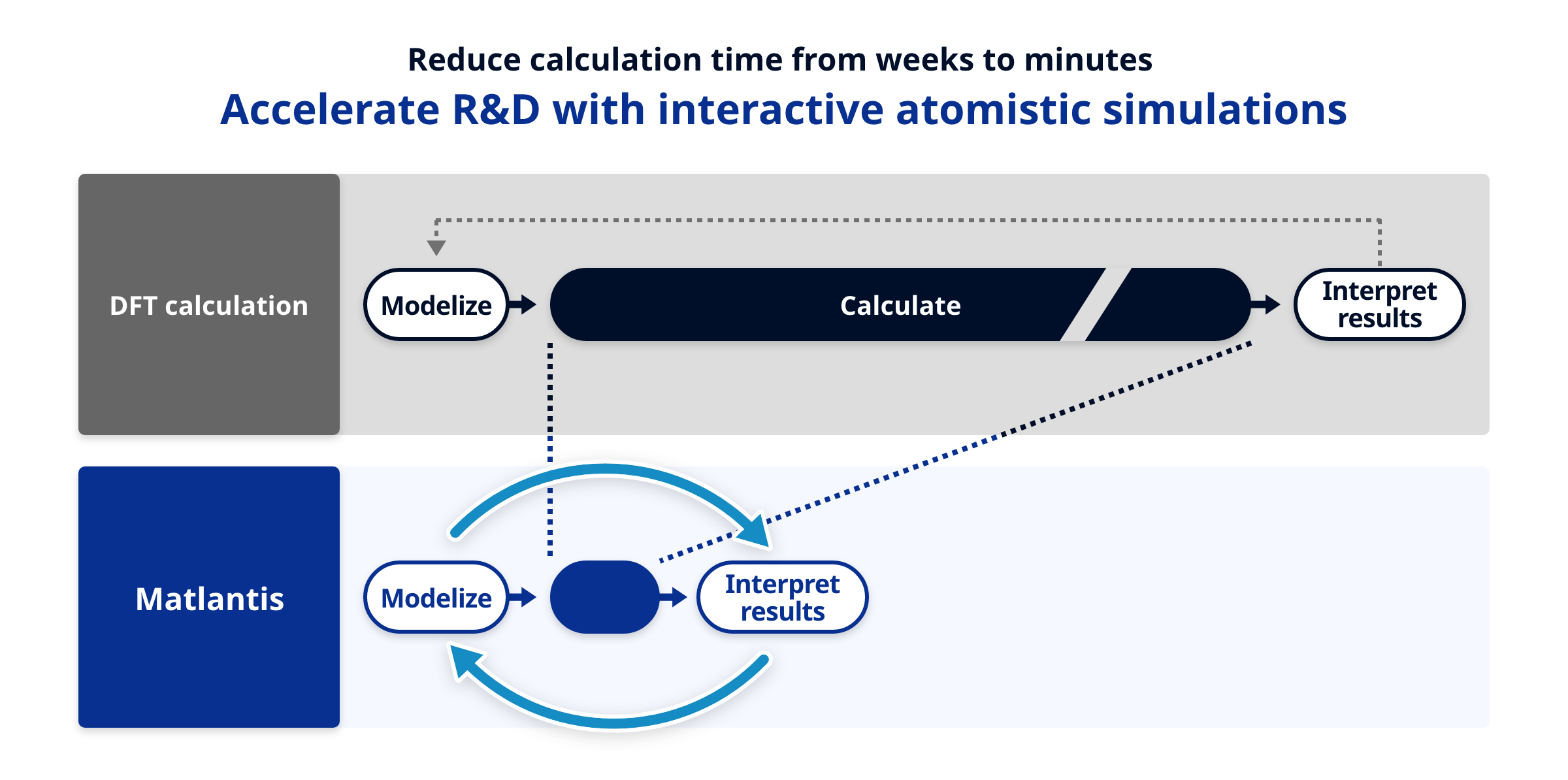
In addition, with a conventional method known as DFT, each calculation takes a few hours to a few weeks, which has prevented researchers from performing multiple trial-and-error iterations. Matlantis returns calculation results quickly, enabling researchers to repeat trials rapidly. Simulation-driven material search with Matlantis can also accelerate digital transformation of R&D capabilities.
Case Studies
Case StudiesMatlantis User
Testimonials
Go to list
Our Clients
The below clients have provided permission for their logos to be used on this webpage.
Try Matlantis
Contact UsFAQ
I want to use Matlantis to simulate a proprietary material that our company is developing. What kind of data do I need to prepare?
We provide Matlantis as a pre-trained and versatile potential. So you do not need to generate your own training data for pre-training before getting started.
Should we select appropriate interatomic potential depending on the target system and phenomena? How many types of potentials are provided?
Matlantis is designed to function as a versatile potential that can handle a variety of systems with a single potential.
What is the calculation accuracy of Matlantis?
MAE 0.03 eV/atom for disordered system, and 0.01 eV/atom for bulk, approximately.
What is the maximum number of atoms that Matlantis can calculate?
It depends on the number of neighboring atoms of the calculation target, but it is around several thousand atoms. For instance, up to 3000 atoms can be calculated for platinum with fcc structure.
Can Matlantis be applied to the research of resins and polymers?
For example, it can be used for simulating the reactivity of monomers or the polymer substructures. In comparison with classical potentials, the speed or the number of atoms are more constrained but the emphasis is more placed on an accurate calculation.
Follow us
Moves to the selected area


